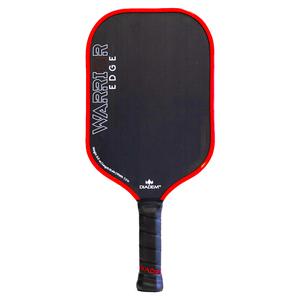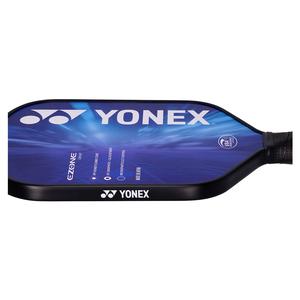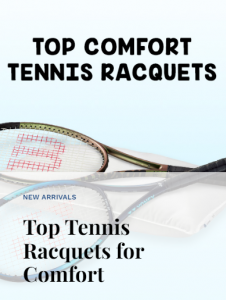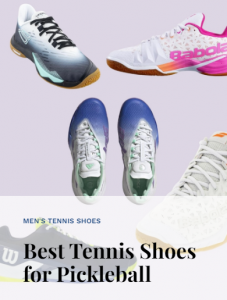Carbon-Based Surfaces
Broadly speaking, pickleball hitting surfaces can be divided into 2 categories: carbon-based and composite. Graphite and carbon fiber are materials that fall into the carbon-based category. While they're both made from carbon, there are minute differences between the two. Graphite is made by tightly packing carbon, whereas carbon fiber uses sheets of layered thread-like material. The engineering behind carbon-based materials allows them to punch well above their weight class in durability. Because of this, graphite and carbon fiber paddles are renowned for their ability to absorb energy when hitting the ball to give more control and consistent shots. Graphite paddles are often made using a thin layer of graphite, which keeps them lightweight, easy to swing, and control. This makes them a popular choice for beginners and seasoned players alike. They're a very well-rounded paddle and make a good starting point as a first pickleball paddle. Carbon fiber is like an extreme version of graphite, with recent developments taking the market by storm. Of these new technologies is "raw" carbon, which foregoes the use of special coatings on top of the surface. By making use of the carbon fiber's innate gritty texture, raw carbon paddles grip the ball longer on contact to impart more spin. [caption id="attachment_23122" align="aligncenter" width="450"] Diadem Warrior Edge with graphite surface[/caption]
[caption id="attachment_23123" align="aligncenter" width="450"]
Diadem Warrior Edge with graphite surface[/caption]
[caption id="attachment_23123" align="aligncenter" width="450"] ProXR Carbon 14 "raw" carbon paddle[/caption]
ProXR Carbon 14 "raw" carbon paddle[/caption]
Features of carbon paddles:
- Solid, lightweight, and durable
- Energy absorption makes shots more consistent
- High potential for spin, especially with "raw" carbon
Composite Surfaces
Most commonly refers to fiberglass hitting surfaces. While carbon is known for its stiffness, fiberglass is notable for its flexibility. Make no mistake, though, fiberglass is still an incredibly durable material. Fiberglass creates a rebounding effect when hitting the ball. This translates to more power on your shots, though at the cost of some consistency. The sweet spot on fiberglass is smaller compared to other paddle types, requiring more precision on the player's end. However, if you're confident in your technique and like hard-hitting, aggressive play, then fiberglass is a perfect fit. Composite paddle types might also layer carbon on top of fiberglass to combine their properties. In theory, this creates a paddle with a more consistent sweet spot that's capable of hitting hard while applying spin. [caption id="attachment_23125" align="aligncenter" width="450"] PBPro Tour Signature fiberglass paddle[/caption]
[caption id="attachment_23124" align="aligncenter" width="450"]
PBPro Tour Signature fiberglass paddle[/caption]
[caption id="attachment_23124" align="aligncenter" width="450"] Yonex EZONE composite with fiberglass and graphite[/caption]
Yonex EZONE composite with fiberglass and graphite[/caption]
- Flexible and durable with high energy returns
- Generate more hitting power through the trampoline effect
- Can be multilayered to balance power and control
For More:





















